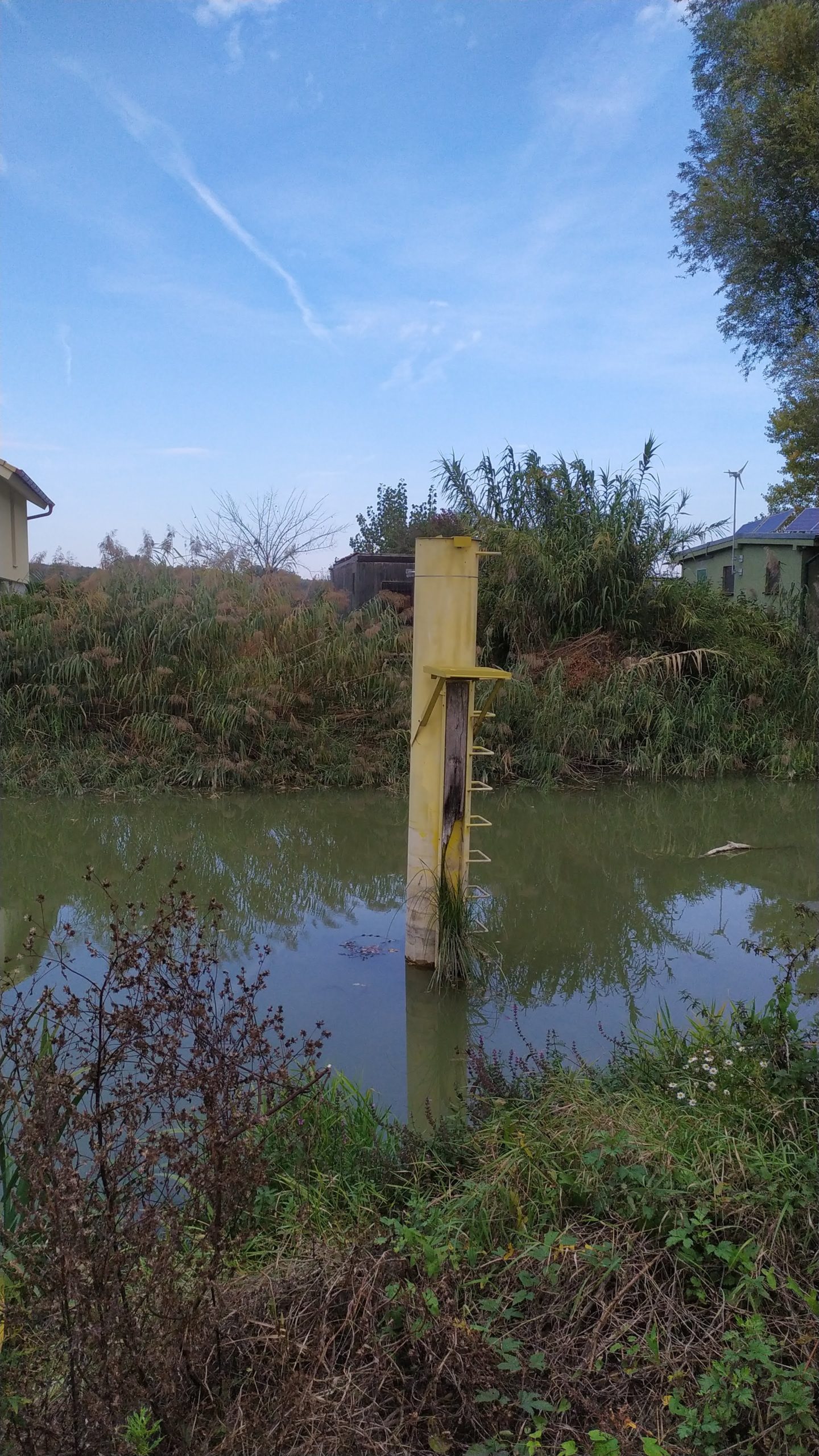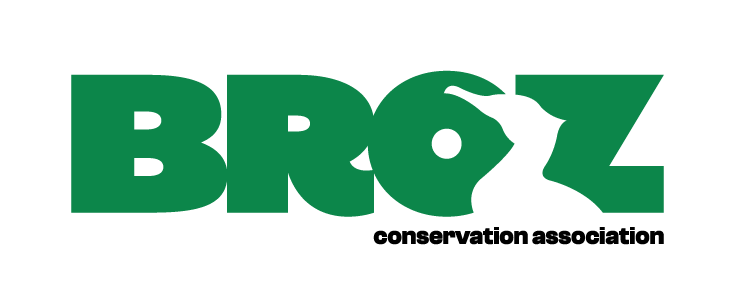In the course of each LIFE project, control monitoring visits are regularly held to monitor whether the activities are progressing according to plan. This year on 11.-13.10. the LIFE Danube Floodplains project was inspected by an external monitor from the NEEMO team.
The subject of the visit was the administrative and financial control of the implementation of the project, as well as the more interesting part for us – a field inspection of the activities carried out within the project area. Together with the representatives of the project partner, the Research Institute of Water Management, we visited the Danube river branch system, where the experts presented the new MERATCH application for the public in practice, familiarized us with the functioning of the measuring probes installed at the individual levels of the dams, and informed us about the development of the situation regarding the planning of simulated floods. You can learn more about digitization in the Danube inland delta here.

With the project partner, the National Forestry Center, we visited the forest nursery in Gabčíkovo, where a greenhouse was built as part of the project and a biological base of native trees was established.
We saw new information boards at the locations Dunajské kriviny, Bodíky, Apálsky ostrov and Veľkolelsky ostrov. On Apálsky ostrov, we inspected ongoing work aimed at removing invasives and clearing areas intended for grazing restoration. For these purposes, fences are currently being built here and a well has been drilled, so the animals will have access to drinking water. A representative of the local agricultural cooperative, which should provide animals for the purpose of extensive grazing in order to restore meadow habitats, joined our field visit. We checked the condition of regularly grazed areas on Veľkolélsky ostrov Island.
Together with a representative of the Hungarian project partner the Danube-Ipoly National Park, the monitor visited a mobile exhibition in Budapest, received new project information materials and at the Rácalmás site, together they inspected the areas where native tree species were being planted and cared for.















